This Media Bias Fake News package has 15 Fake News Articles for middle and high school students in grades 8-11:
- on BOTH single pages and task cards!
- a ready-to-use PowerPoint Presentation for Teaching Connotations, Denotations and Signifiers
- Media Bias Analysis Sheets & Guides
- Resource Notes
- a Media Bias Infographic Poster
- BOTH Print & Digital Versions! (Google Slides®)
Use this resource to further equip your grade 8-11 students with the critical media literacy skills necessary to navigate today’s information-rich world. Its perfect for supplementing lessons on the media or when trying to get students to learn about fake news. It also works well for adult learners and literacy centers.
✅ Analyze, Discuss, and Uncover the Truth: Your students will love the opportunity to analyze and dissect these 15 different news articles, uncovering the subtle biases embedded within the writing. They encourage critical thinking and discussion about the spin and slant of news stories, fostering a more discerning and media-savvy generation.
✅ Comprehensive Instructional Support: This resource goes beyond news articles; it comes complete with detailed resource notes, instructional guides, and a fully-prepped PowerPoint Presentation for teaching students about connotations, denotations and signifiers. With these tools at your disposal, getting your students to understand media biases in the news becomes an engaging and enlightening experience.
✅ Enhance Learning with Thoughtful Materials: Inside this media bias package, you’ll find a wealth of materials to elevate your lessons, including detailed media analysis pages to help students identify different biases, task cards that add interactivity to your teaching, and additional handouts that make your lessons stand out.
✅ Adapt to Any Learning Environment: Whether your are in the classroom or teaching at a distance, this resource is versatile. Print out the pages and get your class talking about slant, spin and mudslinging. Or go paperless and use it for online teaching with Google Slides®, ensuring that your students continue to develop critical media literacy skills regardless of the setting.
WHAT TEACHERS ARE SAYING
⭐⭐⭐⭐⭐ Amanda said, “I like that this resource has everything needed right down to assessments and quizzes.”
⭐⭐⭐⭐⭐ Maria said, “This was a great resource for my media literacy unit. It helped my students understand bias. Very helpful.”
This is VOLUME 2 of 2! See Volume 1 HERE!
ABOUT THE PACKAGE
—————————————————————————————————————————
This package includes a PDF file that can be opened using your preferred PDF reader. It comes with a lesson plan and a high-resolution cover page so you can show it off. It also comes with a PowerPoint presentation that requires access to Microsoft PowerPoint.
The PowerPoint provides instructional support for teaching about connotations, denotations and signifiers as they are used to set personal agendas in news reports. To give your students a more basic understanding of the different types of biases in the media, try my Media Bias Fake News Articles Volume 1, where these are discussed in the PowerPoint in detail.⭐ Get the Bundle for Big Savings ⭐
Purchase my Media Literacy BUNDLE to get this Media Bias News Articles Volume 2 Resource plus Media Bias News Articles Volume 1, Fake News Reading Comprehension, and Current Event Writing at an incredible discount.
—————————————————————————————————————————
Terms of Use:
This resource was created by Landon S. Seigler of ESL Lifeline, all rights are reserved. The original purchaser is permitted to use it for a single class only. Teachers have the authorization to share this product with their students (and parents) through email, Google Classroom, or the Internet, as long as the site is password protected. Distribution to your own students is allowed, but uploading it to the Internet for public access and download is not permitted.
**If you wish to use this resource for multiple classrooms or share it with fellow educators, please purchase additional licenses.Your adherence to these usage terms is greatly appreciated.
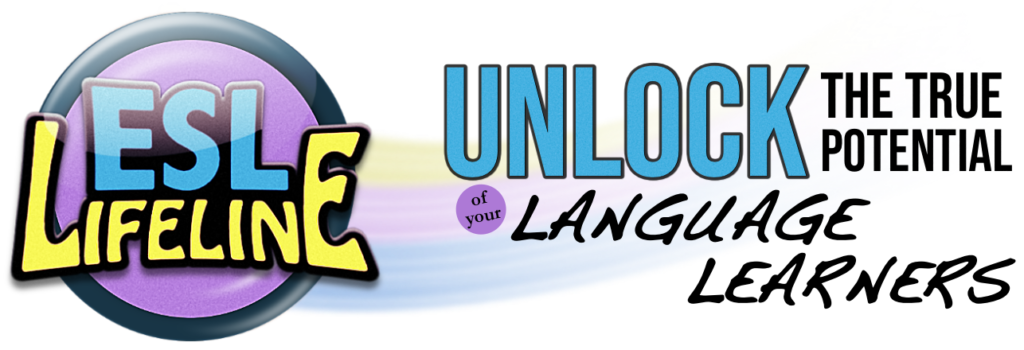
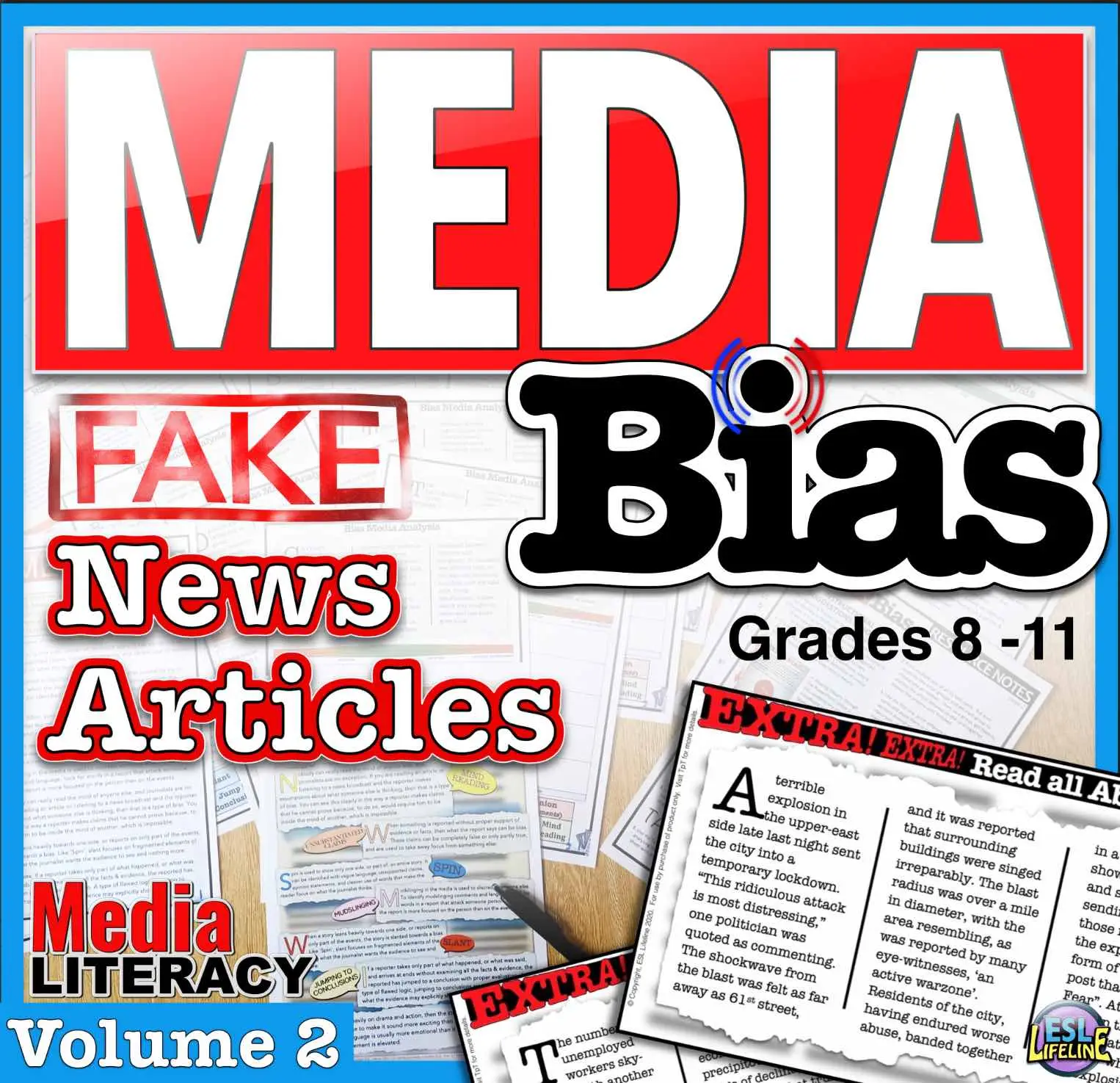
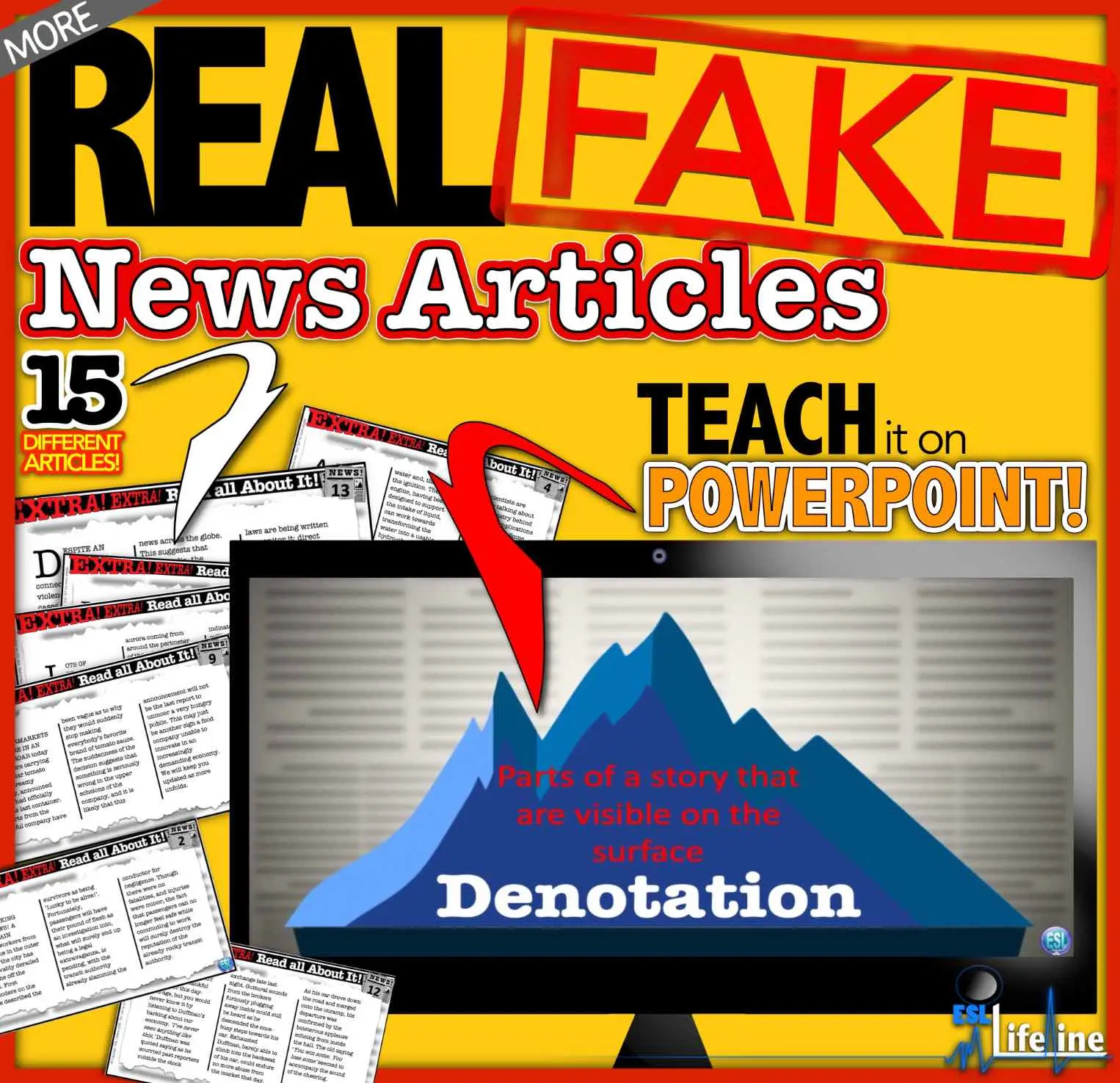





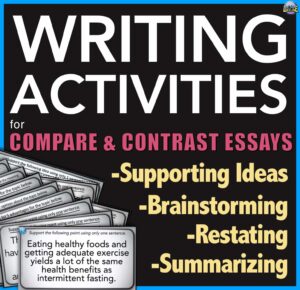
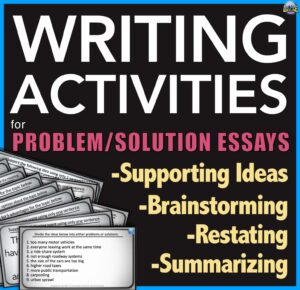
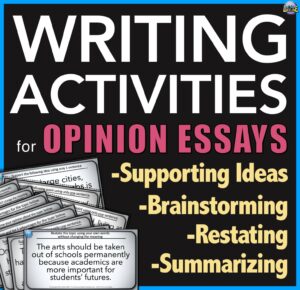

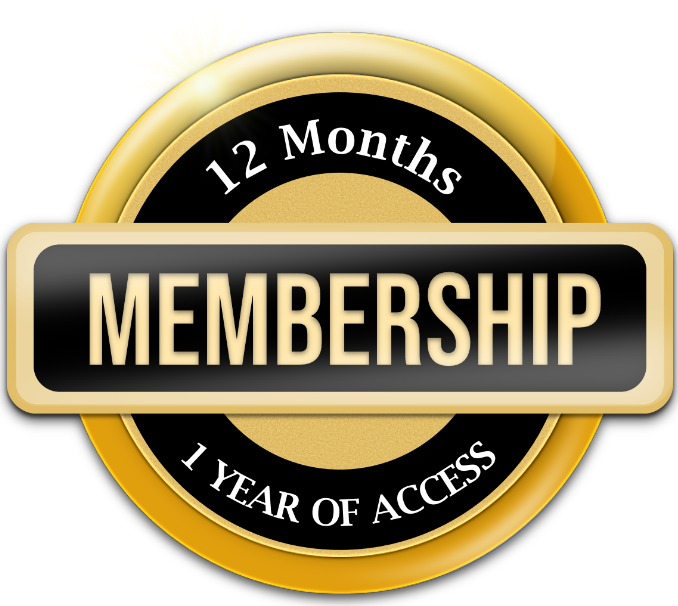

Reviews
There are no reviews yet.